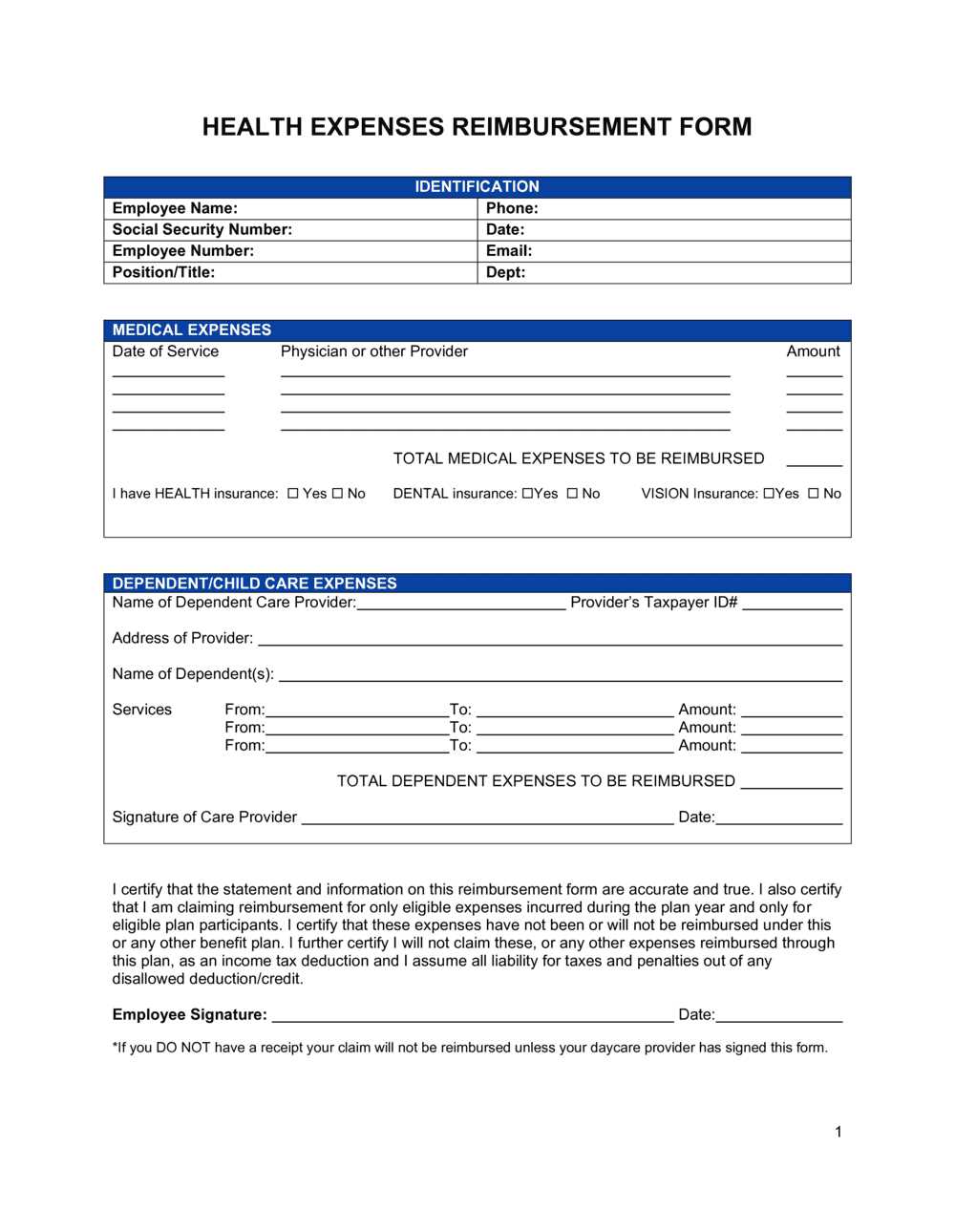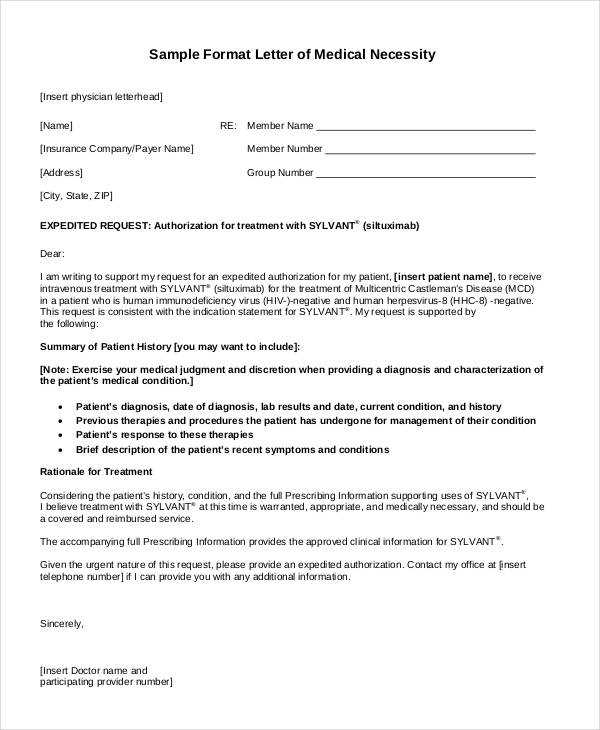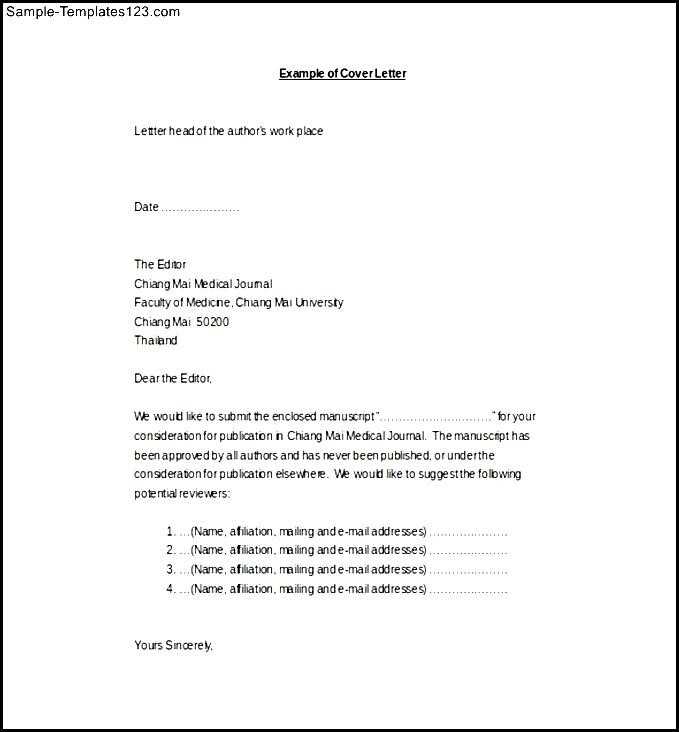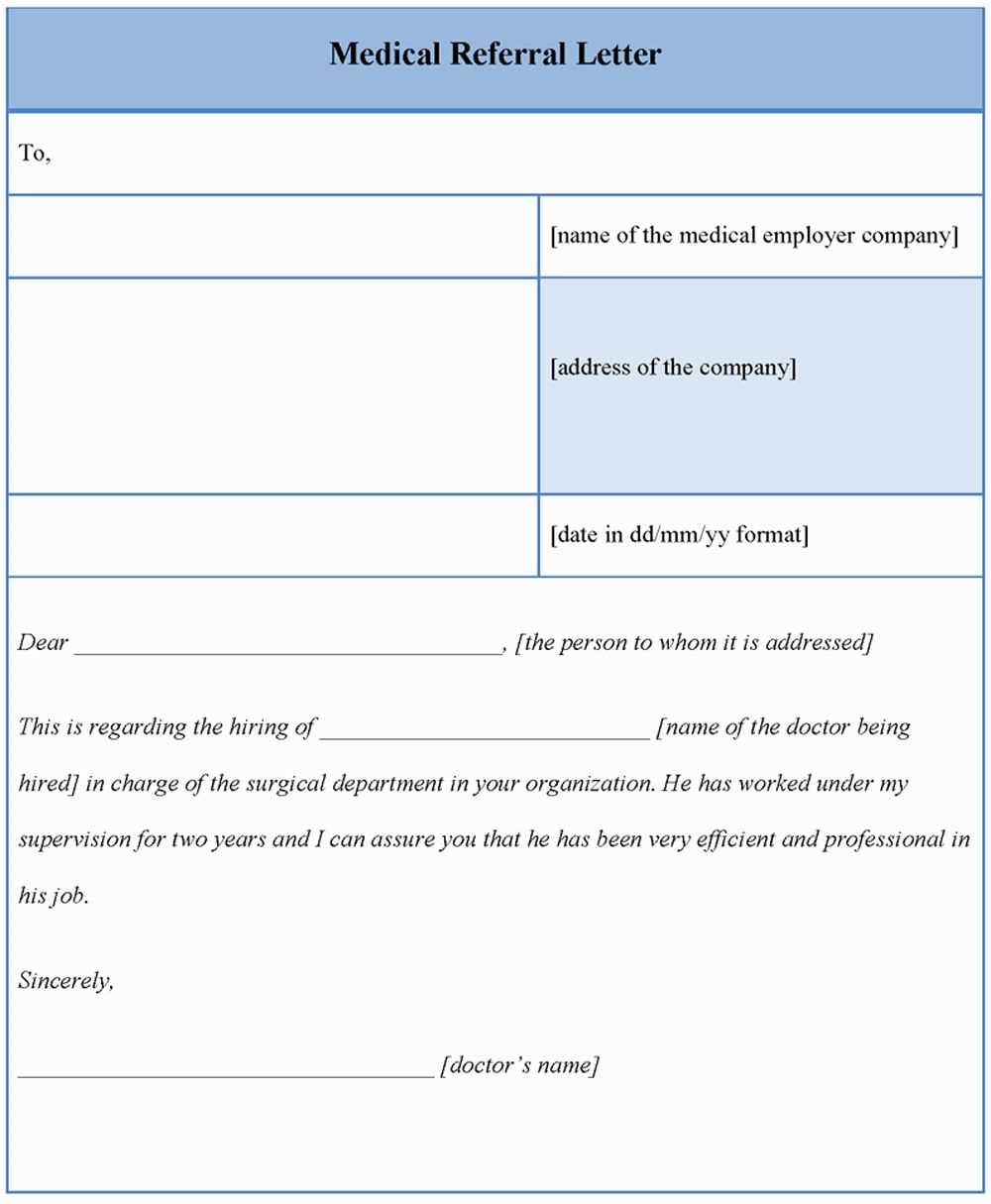Medical reimbursement letter template

To request reimbursement for medical expenses, it’s important to follow a clear and concise format in your letter. Begin by addressing the recipient, such as your insurance company or employer, and include your policy number, claim number, and any relevant identification details.
Start by stating the purpose of your letter, which is to request reimbursement for specific medical costs incurred. Provide a detailed breakdown of the expenses, including the date of service, the healthcare provider’s name, and the total amount paid. If applicable, mention any payments already made by insurance or other entities.
Include supporting documentation such as receipts, medical bills, and insurance statements. These documents help verify the expenses and provide a clear picture of the costs involved. Attach these copies to your letter, and ensure that all documents are easy to read and properly organized.
Conclude the letter by requesting a prompt response or a timeline for processing the reimbursement. Make sure to thank the recipient for their time and attention to the matter. Be polite and professional, even if the situation is urgent.
Medical Reimbursement Letter Template

To request reimbursement for medical expenses, provide clear and detailed information about the treatment and costs. Begin by addressing the letter to the appropriate recipient, such as your insurance provider or employer. Include the date of the letter and reference the specific medical treatment for which you are seeking reimbursement.
Key Components
State your full name, contact information, and policy number at the start. Then, briefly describe the medical condition or procedure, the healthcare provider, and the date of service. Attach copies of relevant receipts, invoices, or medical bills to support your claim. Specify the amount you are requesting for reimbursement and clarify how you made the payment (e.g., out-of-pocket, through another insurance policy, etc.).
Polite Closing
End the letter by thanking the recipient for their attention and assistance. Request confirmation of the reimbursement process and provide your contact details for any follow-up. Sign the letter and include any necessary documents for reference.
How to Structure a Medical Reimbursement Letter
Begin by clearly stating the purpose of the letter. Use a direct subject line such as “Request for Medical Reimbursement.” Follow with your personal details like name, address, and contact information, ensuring the recipient can easily identify you. Include your policy number or patient ID to assist with quick processing.
Outline the medical services you are requesting reimbursement for. Provide specific details such as the date of service, type of treatment, and name of the healthcare provider. This will help the recipient understand exactly what you are referring to.
Next, list any documents you’ve included to support your claim, such as receipts, medical bills, or insurance statements. This makes it easier for the reader to verify your claim.
Conclude by expressing appreciation for their time and attention. Be polite and professional, and provide your contact details in case further clarification is needed.
| Section | Details |
|---|---|
| Introduction | State the purpose and include basic personal information. |
| Details of Service | List treatment dates, healthcare provider name, and services. |
| Supporting Documents | Attach receipts, medical bills, and insurance paperwork. |
| Conclusion | Thank the recipient and provide contact information for follow-up. |
Key Information to Include in Your Request
Clearly state the medical condition or procedure for which you seek reimbursement. Provide a brief but precise description of the diagnosis and treatment received.
- Medical Provider Information: Include the name, address, and contact details of the healthcare provider who treated you.
- Date of Treatment: Specify the exact date(s) of your medical visits or treatments.
- Itemized List of Expenses: Attach a detailed breakdown of all charges, including consultations, medications, and any additional treatments. Ensure receipts or invoices are clear and legible.
- Insurance Information: Mention your policy number, group number, and the name of the insurance company. Include any reference numbers if applicable.
- Reason for Request: Briefly explain why you believe the expenses should be reimbursed. Reference your insurance policy’s coverage if necessary.
Double-check all details for accuracy before submitting the request. Incomplete or unclear information can delay processing.
Common Mistakes to Avoid When Writing
Keep your letter clear and concise. Avoid long paragraphs that overwhelm the reader. Stick to the main points: the amount of the reimbursement, the reason for the request, and any necessary documentation.
Be Specific and Accurate
Never include vague or incomplete information. Ensure you provide the exact amounts for medical expenses and any relevant dates. Precision is key in securing a timely response.
Avoid Overloading with Details
While providing necessary information is crucial, avoid unnecessary details that don’t directly support your request. For example, medical history is irrelevant unless it’s connected to the reimbursement.
Proofread your letter. Spelling and grammatical errors can make your request seem less professional and could lead to misunderstandings. Always review your document before sending it.
Understanding Required Supporting Documents
When submitting a medical reimbursement claim, be sure to include documents that directly support your request. These typically include a detailed receipt or invoice from the healthcare provider, specifying the services rendered and their associated costs. You may also need to provide medical reports or notes from the attending physician, especially for treatments that require further explanation or clarification. Additionally, insurance information or policy numbers might be necessary to verify eligibility.
Double-check the formatting requirements for these documents; some insurance companies or reimbursement programs may ask for specific document types or file formats. Ensure that all documents are legible and up-to-date, as outdated or unclear paperwork can delay the processing of your claim.
If applicable, include any pre-authorization or referral letters that were provided by your doctor before the treatment. This helps to demonstrate that the treatment was medically necessary and approved by the insurance provider. Be sure to submit all necessary forms in their entirety to avoid unnecessary back-and-forth.
How to Follow Up After Submitting Your Letter
Check the deadline for a response and set a reminder to follow up accordingly. Make sure you wait the appropriate amount of time before contacting them again. Typically, 7 to 14 days is a good window, depending on the urgency of your situation.
Contact the Right Person
Ensure you’re reaching out to the correct person or department. Look for a specific contact mentioned in any previous communication or on the organization’s website. If unsure, call the general contact number to confirm the right person to speak with.
How to Craft Your Follow-Up Message

- Be polite and professional in your tone.
- Reference your initial letter, including the date of submission and the purpose of your request.
- Keep the message brief and to the point.
- Express your eagerness for an update without sounding impatient.
- Ask if any additional information is required to expedite the process.
Here’s a sample template to guide you:
Subject: Follow-Up on Medical Reimbursement RequestDear [Recipient's Name],I hope this message finds you well. I am following up regarding the medical reimbursement letter I submitted on [submission date]. I wanted to inquire if there are any updates on the status of my request. If any additional information is needed to process my reimbursement, please feel free to let me know.Thank you for your time and assistance.Best regards,[Your Name][Your Contact Information]
After sending your follow-up, keep track of any responses and continue following up if you don’t hear back within a week or two.
Tips for Ensuring Quick Processing of Your Claim

Submit complete documentation right from the start. Double-check that all necessary forms, medical records, and receipts are included. Missing information can delay your claim and create additional back-and-forth.
Follow the submission guidelines carefully. Each insurance company may have specific requirements regarding how and where to submit your claim. Failing to adhere to these instructions can slow down processing times.
Contact your healthcare provider to confirm they’ve sent the necessary documents. If the provider needs to submit additional paperwork, follow up to ensure it’s submitted on time. This prevents delays due to incomplete medical information.
Keep a copy of all submissions for your own records. Having a backup helps resolve any discrepancies and ensures you can track progress if necessary.
Review your policy to understand the details of coverage. Knowing your policy’s terms allows you to avoid unnecessary questions or disputes during the review process.
Stay proactive with follow-ups. Contact your insurance company to check the status of your claim regularly. A timely follow-up shows your interest in expediting the process.
Provide accurate contact information so the claims department can reach you quickly if further clarification is needed. Ensure your contact details are updated to avoid delays due to missed communications.